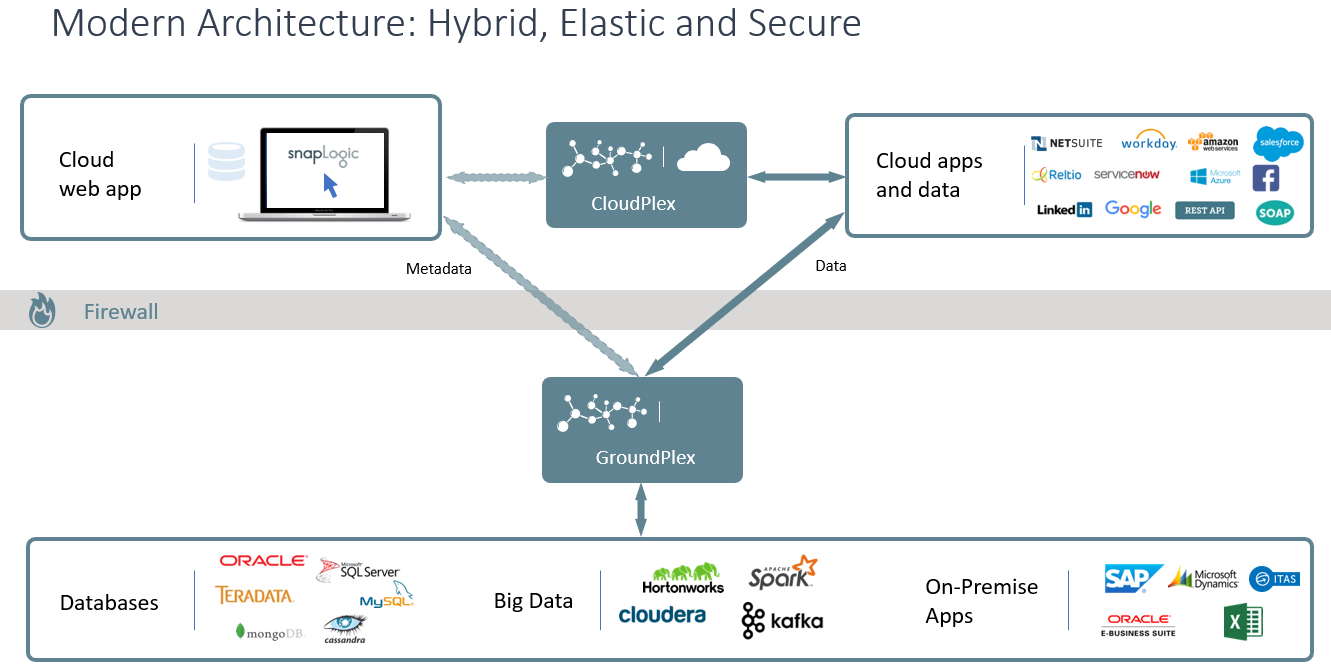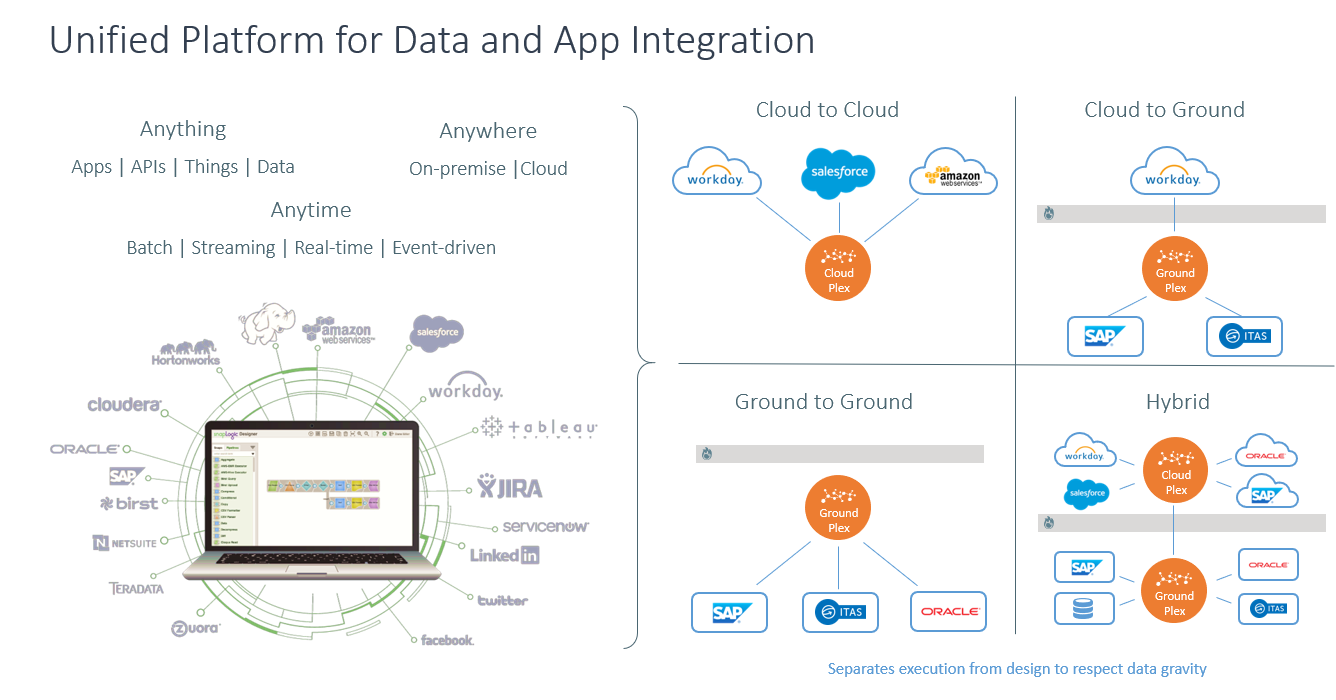Integration Platform Case Study: SnapLogic


As organizations move their digital infrastructure to the cloud, many are discovering that integration poses a significant challenge – possibly finding themselves in the middle of an ecosystem with applications and services siloed off and disconnected from each other.
Solving this problem is one of the drivers behind the rise of integration platform as a service (iPaaS). iPaaS is a suite of cloud services that enables development, execution, and governance of integration flows connecting on-premises and cloud-based processes, services, applications, and data sources within an organization or across multiple organizations. An iPaaS’s interface displays the integration connections in one view to facilitate control and long-term planning.
Just as the data needs of all organizations differ, the right iPaaS architecture for them varies, too. However, there are several essential elements of an iPaaS architecture that are common to all organizations:
- Capable of integrating existing applications and data with new data sources and processes.
- Guarantees data and application reliability and security.
- Features management tools to monitor application performance and to perform audits.
- Scalable and adaptable to meet growing and changing organizational needs.
- Allows for cloud, on-premises, and hybrid storage of data and applications.
Cloud iPaaS integrates components such as services, applications, and data sources in the cloud. They are all fully managed, multi-tenant, and scalable to handle various workloads. Cloud iPaaS have flexible pricing models.
Hybrid iPaaS combines cloud and on-premises iPaaS, facilitating data and business processes across ERPs, cloud-based services, data streams, APIs, and protocols – whether deployed on-premises, in the cloud, or embedded. It ensures that the necessary information is available to the right user when it is needed.

